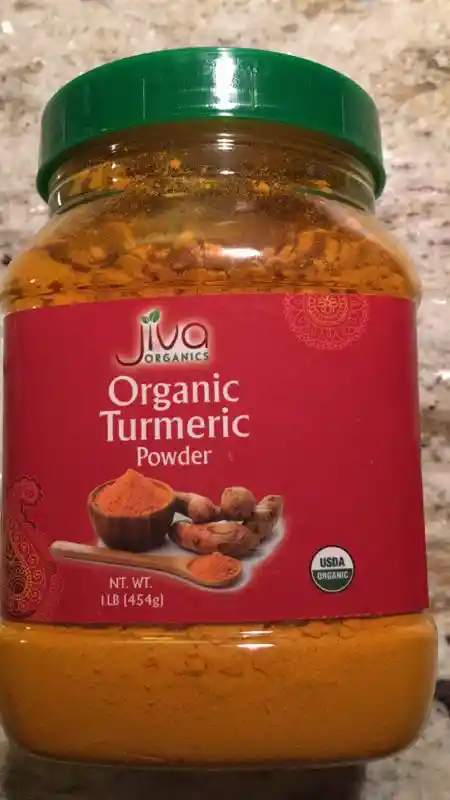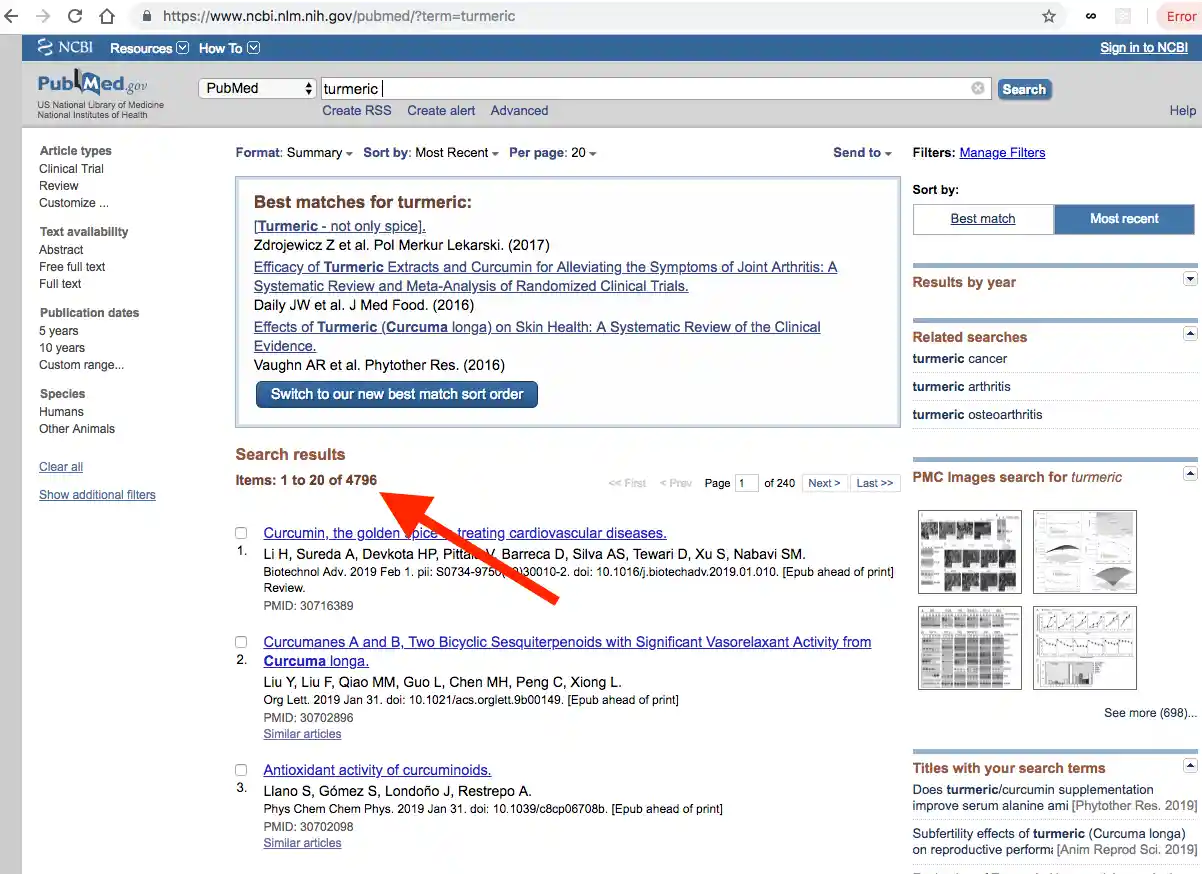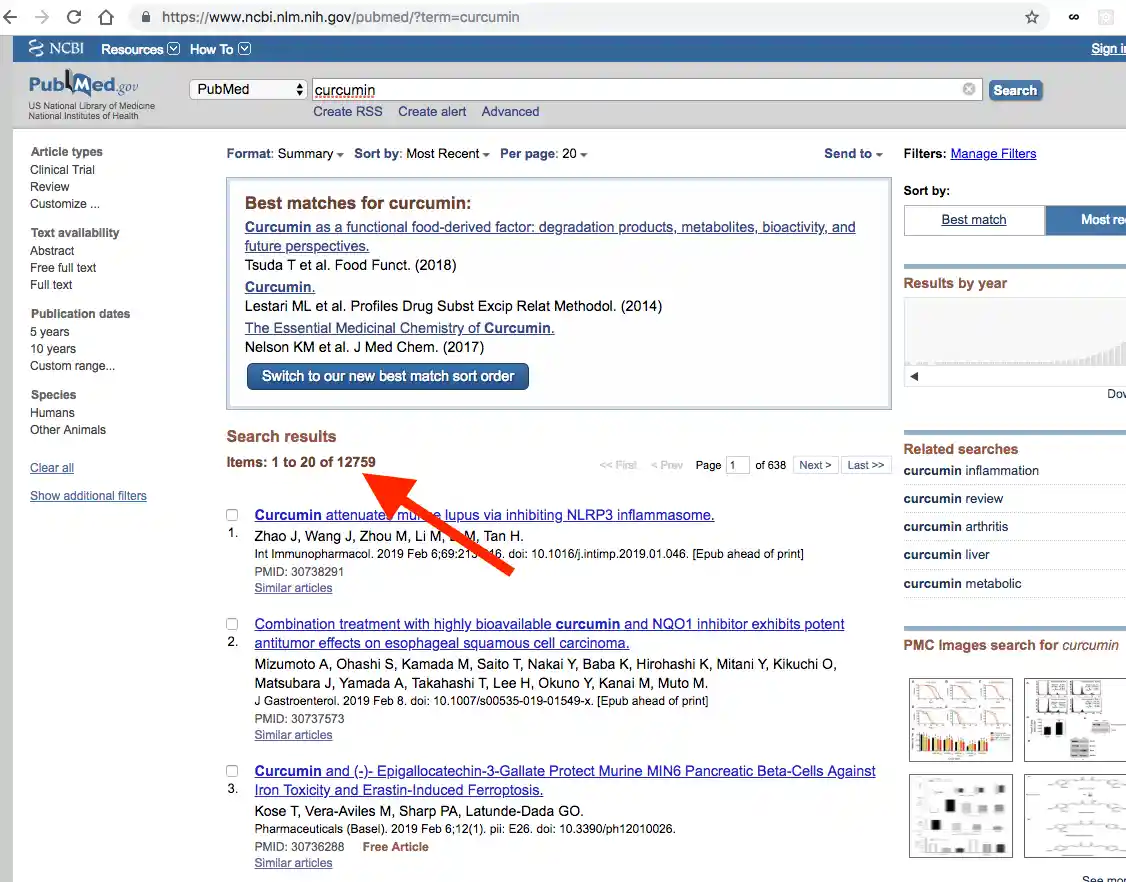Turmeric Prevents and Treats Alzheimer’s Disease(姜黄防治老年痴呆症)
Posted by xsli2 on Thu 31, Jan 2019
The average age of Chinese population is becoming gradually older. Same is Japan. The lifespan of people is greatly increased due to the improvement of living conditions. However, some organs are not yet suitable for such a long lifespan and it can become more easily to be out of function. Human brain is such an organ. It is the weakest organ in human body. Brain disease will gradually become the dominant disease in human bodies when human lifespan is increased longer and longer.
Alzheimer’s Disease(AD) is the most important brain disease. In U.S., every year a super amount of money is spent on treating and taking care of the AD patients. The budget is still increased every year. The projected budget in the near future is already beyond what U.S. can afford. Situations in China will be similar, I believe. Same is Japan.
姜黄,盛产于我国南方,以及印度,的一种姜科植物,药用其根茎,在四川、云南等地都有大量种植. 长久以来,我国中医医生常常使用姜黄治疗大脑疾病,包括癫简(Epilepsy), 老年痴呆症(Alzheimer’s Disease). 最近,西方医学界也注意到这一现象,大量的科学试验证据(分子生物学,细胞生物学,动物试验,以及临床试验)证明了姜黄对大脑疾病的疗效,以及对姜黄作用机理的说明。
The active ingredient of Turmeric is Curcumin. The effect of Curcumin on Alzheimer’s Disease have been studied on the molecular level, cellular level, animal studies and even human clinic trials. The effect of Curcumin on treating AD is proven. It has been shown that Curcumin can disaggregate brain fibril and oligomer formation, the cause of AD. In PubMed web site, if typing the keyword “Turmeric” and “Alzheimer”, more than 100 papers are available, demonstrating that Curcumin is a potent anti-oxidant with specific anti-viral and anti-inflammatory effects. In India, Turmeric has been used for thousands of years as medicine and is also called “Indian Gold”. The curry powder contains Turmeric. The low rate of AD patients in Indian population has been linked to curry food.
The advantage of using Curcumin in treating AD is that Curcumin can easily pass the brain- blood barrier and reach the brain neurons after leaving from the blood in the vessel, thank to the fact that Curcumin is a very small molecule.
The disadvantage of using Curcumin in treating AD is that Curcumin is not water solvable. It is oil solvable. Studies have shown that up to 75% Curcumin is not absorbed in intestines and is passed out of the body, during the oral feeding.
姜黄是一种很便宜的菜。在中国,美国的菜市场都有卖。我认为大家对姜黄如此重要的功效都不知道。位于中国长沙的湖南福湘生物技术有限公司是唯一一家专门生产姜黄产品的公司。他们产品的价位很高--姜黄鸡蛋,姜黄酒等等。姜黄产品变成了一种高端消费。 我长期关注姜黄在老年痴呆症方面的疗效。姜黄作为药物最大的难处是其有效成分姜黄素(curcumin)溶于油,不溶于水。吃下去,人体的肠胃只吸收一小部份, 75%由大便排出。我建议的简单易行的方法是每天在热腾腾的牛奶里加一小勺姜黄粉,让姜黄素溶于油脂中,进入体内吸收。或者,在加一些姜黄粉在厨房的菜油瓶里面,让其慢慢溶解进菜油中。平时,做菜的时候,用到菜油的时候,不知不觉中就加入了姜黄。姜黄无论在中国,还是在美国都很容易买到。在美国,专卖保健品的GNC商店里有卖(见图)。在中国,一心堂等店都有卖。我曾经在那里买了,几元钱一两,还是原来的形状。我请店家把姜黄打成粉。

有关姜黄的研究文献非常多,有分子实验,细胞实验,动物实验,人体临床,结论都是惊人地一致。这些文献都是由不同的国家,不同的实验室发表的。在生物学领域,如此一致的论点,在我看来,还是头一次。这是美国(也是全世界)查生物文献的网站(免费,公开的):NIH PubMed。您可以自己打入关键词(turmeric, 或者curcumin),自己查看。
今天,我为大家代劳,在NIH PubMed查询了,以'turmeric'(姜黄)为关键词的,有4795篇文献,以'curcumin'(姜黄素)为关键词的,有12735篇文献,这些综述(review)和论文绝大多数都是美国科研机构发表的。如果姜黄是空穴来风,子虚乌有,这么多的实验室和科研项目,花费高昂的科研经费,捕风捉影,我难于想象!姜黄有很多药效,anti-inflammation(抗发炎),防治老年痴呆症,关节炎,皮肤病等等。这些几千,上万的文献并不只是关于老年痴呆症的。但是,这所有的论文都是支持姜黄对不同疾病的治疗效果的。

